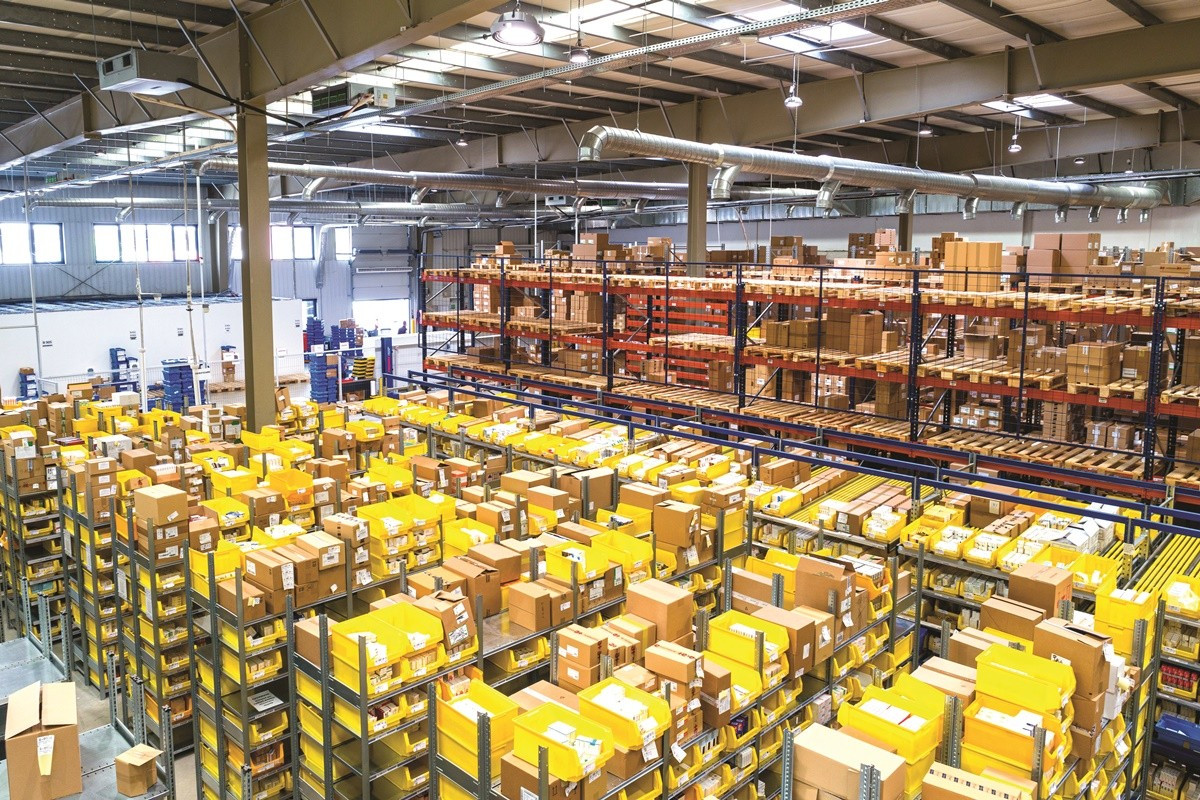8 Surefire ways to navigate global supply chain upheaval
Thời sự - Logistics - Ngày đăng : 14:00, 13/09/2021

The pandemic showed how tenuous many supply chains already were
“A lot of companies were pushed to their limits, so of course this is what happened,” says Ethan Frisch, co-founder and co-chief executive officer with Burlap and Barrel, which provides spices sourced directly from farmer cooperatives and small farms. “It was on the verge of happening anyway.”
Securing space and equipment were their greatest supply chain challenges, according to nearly twothirds of respondents to an April 2021 webinar survey by Flexport Inc. In navigating today’s global logistics challenges, “no silver bullet exists,” says Anders Schulze, Flexport’s global head of ocean and trucking. However, the following steps can help in these hard times that everyone is facing.
1. Boost visibility
Many tools that provide visibility to supply chain risk, like machine learning and artificial intelligence, have advanced by leaps in the past 12 months.
Visibility allows supply chain leaders to decide when to re-route inventory to minimize or counteract delays. “It allows you to make decisions based on facts,” says Robin Jaacks, senior vice president, international growth, with project44.
Visibility also provides a handle on risk across the supply chain network. For instance, organizations can plan how they will obtain parts if an earthquake strikes their critical suppliers.
Greater visibility into inbound inventories and port congestion also enables companies to assess the downstream impact delays might have on their distribution and labor planning, as well as the availability of inventory, says Andre Luecht, global transport and logistics vertical practice lead with Zebra Technologies. Supply chain leaders can act to minimize disruptions and meet customer demand.
2. Prioritize shipments
Facing lengthening delays in ocean transit, Frisch began shipping a portion of Burlap & Barrel’s inventory via air. The volumes were enough to tide over the company until the larger ocean shipments arrived.
With the delays in some ocean freight, air becomes more competitive and a necessity at some level. For example, if container lead times are about 40 days, and a company has enough stock to last 30 days, it can use air to ship enough inventory to cover those last 10 days.
When considering air travel, communication between the shipper and logistics provider is critical. Services can range from next-flight-out to economy flights that may not occur for more than a week. The flight booked should address the challenge at hand.
3. Break down shipments
Breaking larger shipments to smaller containers boosts the likelihood at least some of the products will move, Schulze says. For instance, critical shipments may be able to move with less-thantruckload (LTL) carriers. With critical shipments, it also makes sense to explore premium transportation offerings. These cost more but are another way to move products more quickly.
4. Consider geographically diversified supply sources
“Look at geographic diversification,” suggests Jason Alexander, national manufacturing sector leader with consulting firm RSM US. Consider whether another country could be a source for raw materials or components. While that’s not always an option, it’s worth exploring ways to diversify a supply chain.
A growing number of supply chain organizations are expressing interest in again manufacturing in the United States, says Michelle Comerford, industrial and supply chain practice leader with Biggins Lacy Shapiro. Their interest is driven both by risk mitigation and a desire to make products closer to their customers.
For some products, it’s possible to automate much of the production, cutting into the advantages of low-cost labor in other regions of the world. Companies reshoring within the United States created a record 109,000 jobs in 2020, according to The Reshoring Initiative.
5. Boost safety stock
Just as many people who lived through the Great Depression learned to economize by patching clothes and growing their own vegetables, supply chain leaders who experienced the pandemic likely will maintain higher levels of safety stock than they did previously.
“Managers who had taken for granted that their supply chains would remain solid got rattled, and rightly so,” says Jonathan Foster, principal consultant at Proxima. Supply chain leaders will need to work with their colleagues in finance to assess the financial impact of larger safety stocks. Typically, this will mean more money tied up in inventory.
6. Plan, but remain flexible
Planning becomes more critical when disruptions are prevalent. “Planning further out is more important, so that you can counteract those delays,” says Drew Herpich, chief commercial officer with logistics provider NTG. Instead of ordering inventory as customers place orders, many shippers will need to order supply before receiving orders, in case any shipments are delayed.
In addition, changes to cargo-ready days reduce the likelihood that cargo is fully loaded, Schulze says. At the same time, agility is key. While shippers used to have 48 hours to confirm bookings, they now might need to make decisions in about 20 minutes. Companies have to understand that’s how fast freight is moving.
7. Transload
Transloading, or moving a shipment from one mode of transport to another, can cost more upfront, but also can provide better predictability and faster transit times, Schulze says. For instance, shipping by truck rather than rail currently can shave two weeks off transit times in the United States, he says.
8. Set expectations
Keeping customers updated on supply chain challenges is “100% the most important piece,”. While nobody likes to make excuses, it’s reasonable to let clients know the challenges the industry is facing and how they’re likely to impact their shipments.
